Wild turkey calling takes time and effort to learn, and knowing the basics of wild turkey hunting, especially vocalizations is crucial to being able to use different calls successfully. Wild turkeys make at least eight different calls, as well as several sub-types of calls that are season specific. You don’t need to know them all, just the major ones.
Wild Turkey Vocalizations
Cluck
The cluck consists of one or more short, staccato notes. The plain cluck, many times, includes two or three single note clucks. It’s generally used by one bird to get the attention of another. It’s a good call to reassure an approaching gobbler that a hen is waiting for him.
Yelp
The yelp is a basic turkey sound. It is often delivered in a series of single note vocalizations and can have different meanings depending on how the hen uses it.
Kee Kee Run
The kee kee is the lost call of young turkeys and variations made by adult birds. It’s often associated with fall hunting, but can be used successfully in the spring. This is what it sounds like. A variation of the call, the kee kee run is merely a kee kee with a yelp.
Purr
Purring is a soft, rolling call turkeys make when content. It can usually be heard by feeding birds. This is not a loud call, but is good for reassuring turkeys as they get in close to your position.
Cutt
A series of fast, loud, erratic single notes is referred to as cutting. It’s a modified cluck and is a distinct abrupt call with a somewhat questioning nature. It can be heard at a great distance and is often used by a single turkey looking for companionship.
How to call Turkeys: Putting It All Together
For successful turkey calling, you should use use multiple calls.
The first step would be to start with a locator call, which are used to simulate loud noises or other animals that gobblers will respond to such as owls or crows. Use short locator calls and listen for a response. Once you feel that you have found a proper location with turkeys in your range, then it’s time to use your vocalization calls.
You should start off using your vocalization calls more quietly and then gradually increase volume. A soft “cluck”, “yelp”, or “purr” are good initial calls to use. This way you won’t scare off any nearby turkeys that you can’t see with a loud call. If you hear responses from a gobbler you have to be patient as many times they won’t close in on you right away. Wait at least 5 to 10 minutes before responding to a gobbler’s call. Be sure to keep trying to call a slow moving gobbler for at least an hour before you give up.
If you hear hens, you should respond to their calls with the same number of calls and the same vocalization. For instance, if you hear a hen cluck 5 times, you should respond with 5 clucks. This will encourage her to come towards your location. This will also help to lure gobblers that are in the vicinity of the hen. There is no secret to calling turkeys. Each turkey will respond to your calls in its own unique way. Turkey calling is an art that takes time and experience to master, so get out there and have some fun!
Turkey Hunts offered by Outdoors International
Request Pricing Or More Info
Talk To a Consultant

Discover why thousands of people have trusted us with their adventures.
LET'S START PLANNING YOUR NEXT TRIP
Please be specific so we can find exactly what you're looking for.


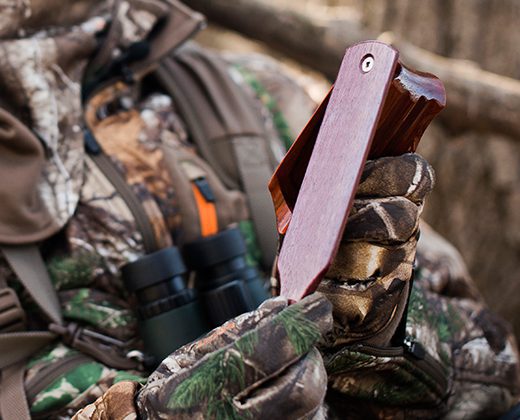
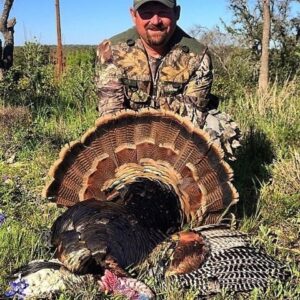
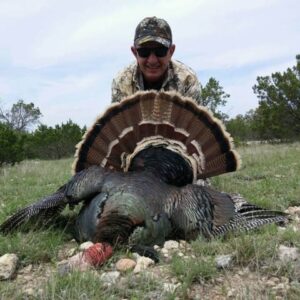
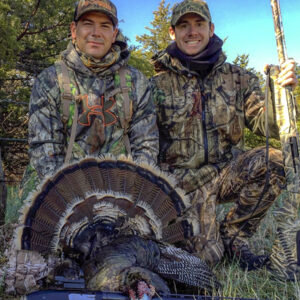
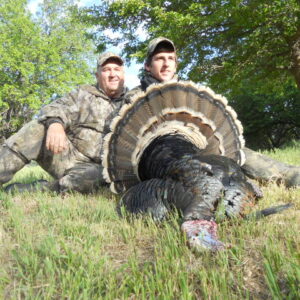
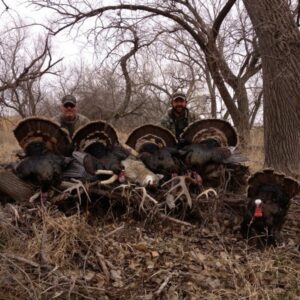
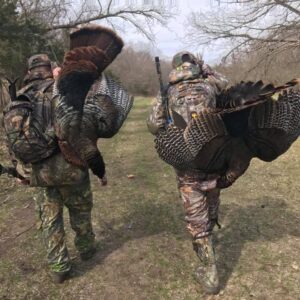
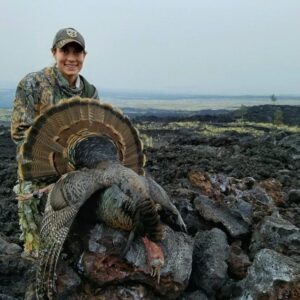
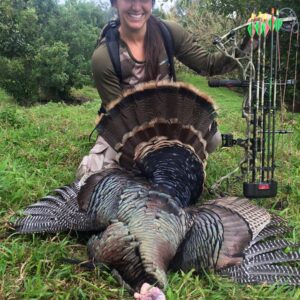
Pingback: Turkey Calling Tips | bullsandbeavers.com